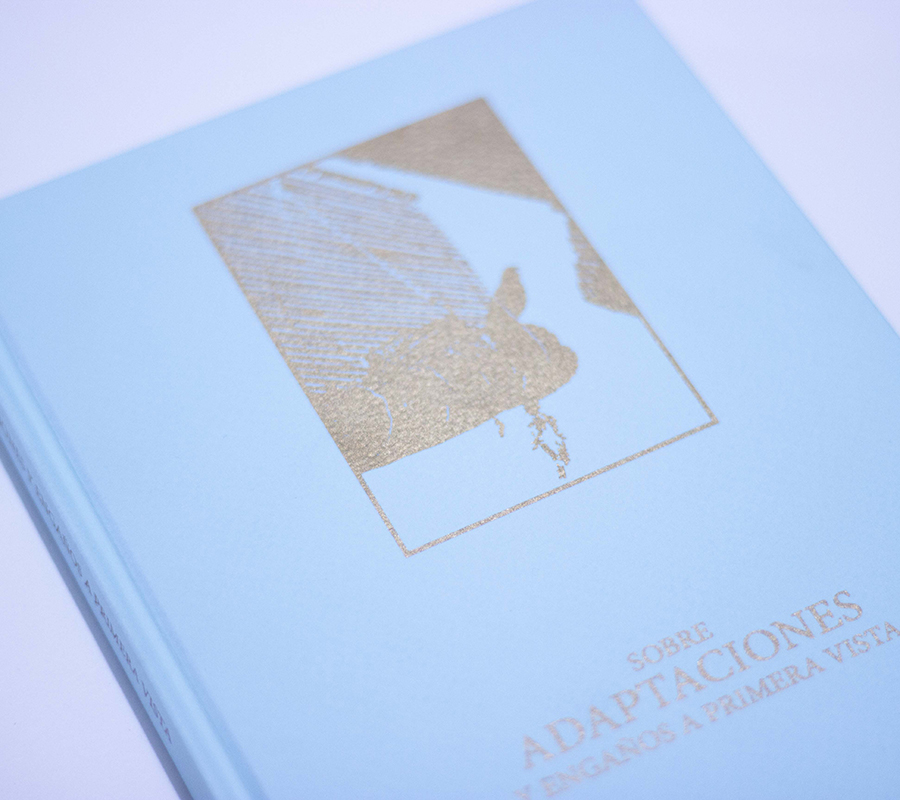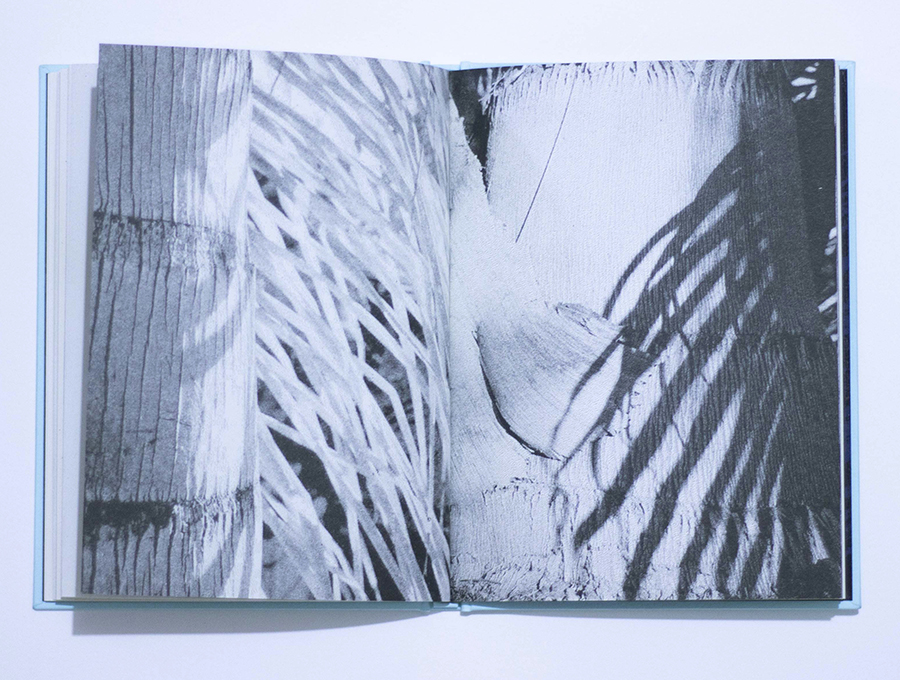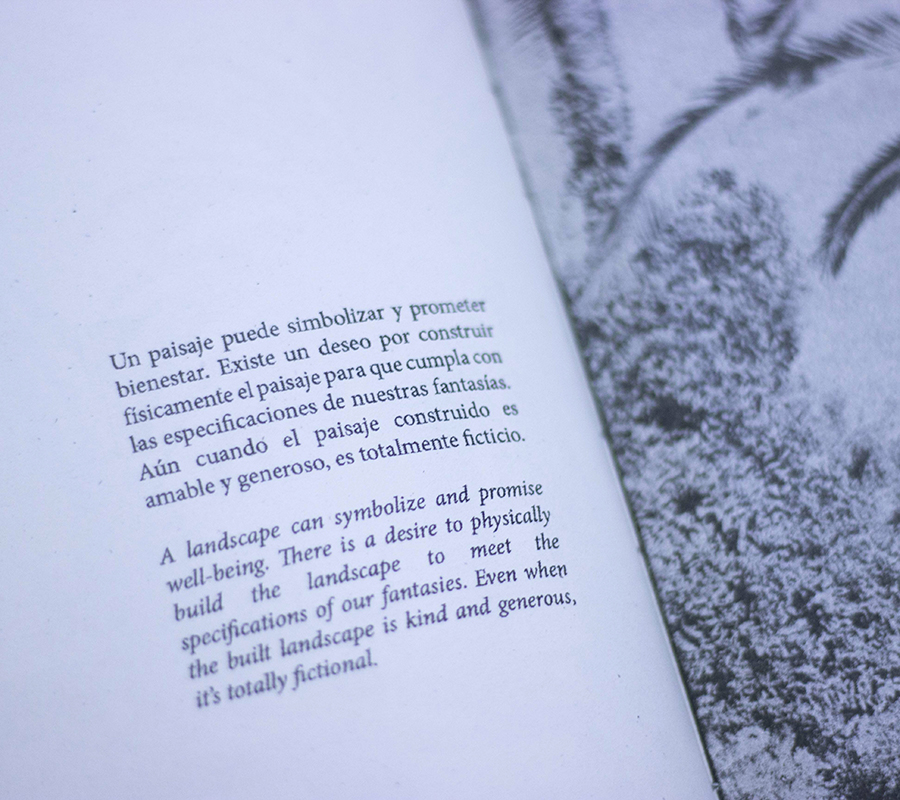For many book artists and book art educators, there is an increasing dialogue in making books in collaboration with and response to archives and Special Collections. To have artists working with those collections supports their vitality, assuring that such holdings are not just relics of the past, but instead active and continual contributions to current inquiry.
The most successful responses to archives are when an artist forms an intersecting narrative between the archive and personal allegory. In her Sobre Adaptaciones y Engaños a Primer Vista (On Adaptions and Deceptions at First Site), the artist Viviana Carlos (https://vivianacarlos.com) mines an archive for material and goes on to transcend this material by crafting a narrative about collective and personal memory and the human experience.

Sobre Adaptaciones had its origins when Viviana Carlos was hired by a private photography collection in Los Angeles to serve as its cataloguer. Carlos, a transplant to Los Angeles from Mexico, had become interested in the history of palm trees in Southern California, and the collection where she worked had numerous historical images of palm trees throughout the city. She learned that these iconic trees of Los Angeles were themselves transplants. The Spanish missionaries who colonialized California originally planted palm trees for decorative purposes and, in the case of date palms, for food. Going through the archive of images, seeing many of them repeatedly, Carlos began to see them as a personal metaphor for her own story of migration.
As the concept for the book developed, Carlos found herself struggling with questions. As first, she didn’t know how it would evolve, but knew that the central idea was transplantation. At first, she asked herself, with no ownership of these images - did she have a right to use these them? As a cataloguer, she had the skills and knowledge to research the Doctrine of Fair Use and Creative Commons, so she was certain that there would be no copyright violations. Yet these images were part of a history that she did not feel she belonged to as an immigrant. In addition, she was plagued with a deeper question - did she have a right to tell her story? She felt conflicted because her story of migration – one of legal documentation – was not as difficult as that of others.
With these questions in mind, Carlos made the intuitive leap to tell her story through metaphor rather than literally. Sobre Adaptaciones is made of images of palm trees sourced from the collection in which she worked that were in the public domain.


The text, in Spanish and English, provides a series of facts about palm trees.
As the book unfolds, these facts become an elusive description of the human condition. Through this, Carlos creates a narrative that transforms the historical basis of the archive to become a personal mythology.

To keep archives and special collections thriving, we as educators must ask ourselves how to develop ways for students to connect these collections to their own identities. We must find ways for students to see these collections not only as relics of the past, but to help them find metaphor and meaning that are relevant to their experiences. Carlos credits her time studying with instructor and documentary photographer Celeste Alba Iris of Miradas al Foto Libro (https://www.miradasalfotolibro.com) as forming the conceptual basis for thinking of an archive as materials and personal symbolism.
By encouraging students to mine archives, we must ask them to go beyond appropriation. This is not just because appropriation is currently debated, depending on who is asked, as trendy or as inappropriate, but because the art of the book demands a deeper, more nuanced and layered approach. Yet the question remains, how do we do this? One method is to introduce works like Sobre Adaptaciones to our students, allowing them to see examples of diverse voices responding to collections and archives as models for artist books.
Michelle Wilson is an interdisciplinary thinker, whose work involves papermaking, printmaking, book arts, installation, and social practice. She holds an MFA in Book Arts/Printmaking from the University of the Arts. She exhibits widely and is one-half of the collaborative duo the Rhinoceros Project. She teaches printmaking, papermaking, artist books, and seminars at San Jose State and Stanford.

